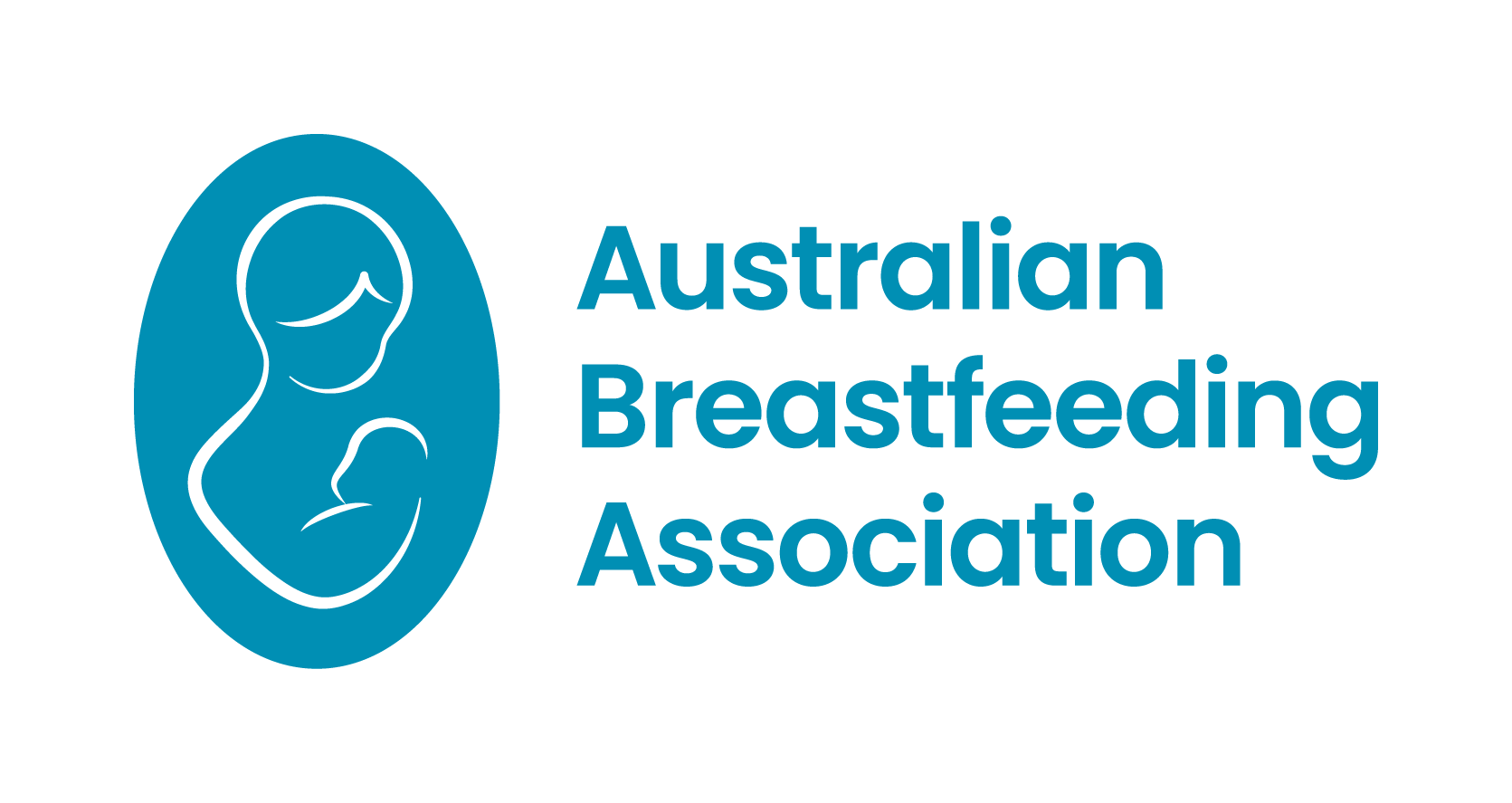Alcohol and breastfeeding
Low milk supply is a common reason mothers give for stopping breastfeeding. However, most mothers can produce an adequate milk supply for their babies.
Nipple shields come in different sizes. It is important for them to be fitted to suit the size of individual mothers’ nipples, otherwise milk flow can be impeded and they can cause nipple damage. Nipple shields must be put on the breast correctly to optimise milk removal and comfort. It is therefore important to observe a breastfeed when a mother begins using a nipple shield to ensure the infant is able to remove milk well and the mother’s comfort is maintained. In most cases, use of a nipple shield is temporary. Some mothers find they only need to use the nipple shield in the early days while their infant is learning to breastfeed.
There is still much to be learned about the transmission process of the coronavirus (COVID-19). What is well known, however, is that breastfeeding provides infants with protection against a range of viral infections including lower respiratory tract infections (LRTs) and health professionals can reassure breastfeeding mothers that they can continue to breastfeed.
In the early weeks, it is common for breastfeeding women to experience some nipple pain that ceases after the initial attachment. Severe nipple pain, pain that continues beyond the initial attachment or any signs of nipple damage all require investigation. Nipple pain is a commonly reported reason for early breastfeeding cessation. The most common cause of nipple pain is suboptimal positioning and attachment. Hence, supporting women to establish good positioning and attachment is important to help women reach their breastfeeding goals.
Blocked ducts and/or mastitis are common problems experienced by breastfeeding mothers. While blocked ducts and mastitis are distinct entities, the boundaries between them are often blurred. Mastitis often occurs following milk stasis from a blocked duct when milk leaks out from the ducts into surrounding tissue. This does not always signify infection, although the presenting symptoms are frequently similar.
The Australian Breastfeeding Association (ABA) runs the National Breastfeeding Helpline 1800 mum 2 mum (1800 686 268). The Breastfeeding Helpline is available 24 hours a day, 7 days a week.
It is staffed by trained, volunteer counsellors who answer calls on a roster system in their own homes.
LiveChat is a mum 2 mum support service on the ABA website www.breastfeeding.asn.au.
Trained volunteers assist mothers and their families with breastfeeding information and are there to support mothers on their breastfeeding journey.
LiveChat is accessible via mobile phones, tablets, laptops and computers.

Important Information
Privacy Policy
Membership Terms & Conditions
FAQs
ABN: 64005081523
RTO: 21659
Copyright © Australian Breastfeeding Association | ABA receives funding from the Australian Government
